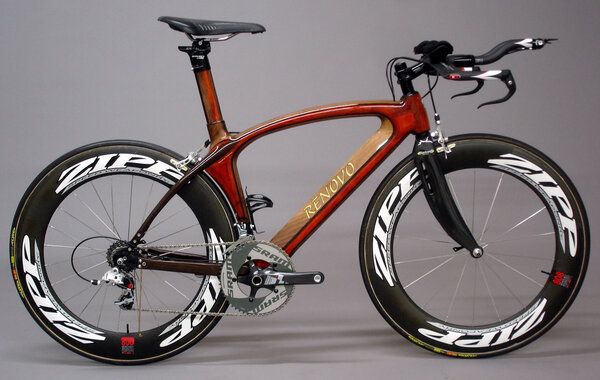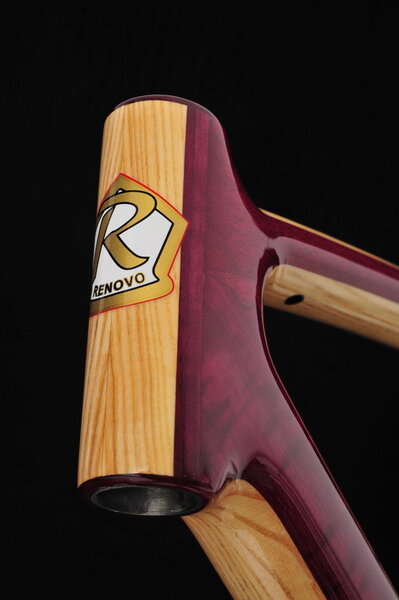My brother is a massive F1 geek, used to work for them and toured with Indy Cars Stateside.
He was on the calibration and safety side, and assures me that a lot of the composites used in F1 are discarded early into their life, undamaged. Their cost constraints are relatively minimal.
I would be interested to know what the longer term parts of the engines are, and the rest of the cars.
For the richer teams the only reason to re-use parts is regulation.
Similarly the top bike teams don't need to punish components or frames beyond reason.
Thus, what F1 do with composites and even, to a large degree, what top bike teams do with composites is largely unimportant in general terms, if we are discussing day to day biking.
The fact that top bike teams and F1 may use certain materials only tells you that they can be made to work, and have properties essential to those applications.
I wonder why my friends buy aluminium or carbon tennis rackets.
Wood is far more enjoyable at lower levels of the game.
One of my mates just bought a road bike for £1000 odds, throwaway money to him, and it is carbon with non existent tyres.
My spine was aching just looking at it.
He can't run back to his car when it is raining without getting out of puff. He is at least a few months away from being able to ride that bike.
This is the part of the whole industry that leads to people buying the high end expensive, often composite, bikes.
Regardless of the application.
Like I said before, a LBS here tried to sell a mate a carbon MTB, even though I was there and stated it was unsuitable. The hard sell for the bike the owner was going to make the most on was unmistakable.
Composites have their place. Right now I think that is, for most of us, mainly in the components.
For those who are competitive, or just have enough dough to buy toys, they make sense for frames.
Saying that, retro composites can be laughably cheap.
For me, one kilo is not a huge penalty for feeling I am safer, and with my wits about me may anticipate a failure that may otherwise cause severe injury.
What I do find weird is that the total failures I have had with seatposts and bars, for example, have never been injurious.
I have had aluminium bars fail whilst xc riding, without warning but there were milliseconds to react and that saved the day.
I know we see all these images of composite failure online, but there are no statistics to suggest how common these failures really are. I suspect if you are fastidious about recording any damage on your bike and regularly replace parts accordingly, you will be as safe as houses.
Thing is, like dropping my motor bike helmet as I lift it off the shelf renders it unsafe, so could a crash for a composite. Often, as with a crash hat, there is no obvious sign it has been damaged.
With that, and the indeterminate nature of most damage, composites can be hit and miss as a long term proposition.
Especially as with bikes, they tend to be engineered very close to the limit for the application to ensure they present the best combination of their advantage to their price.
A well made composite frame weighing in at the same as its steel equivalent should be more than up to the job.
My approach, were I interested in buying a new composite frame, would be to buy something designed for, say, all mountain or downhill, and set it up for xc confident it will take anything I am throwing at it. Getting the geometry I like might be a challenge.


